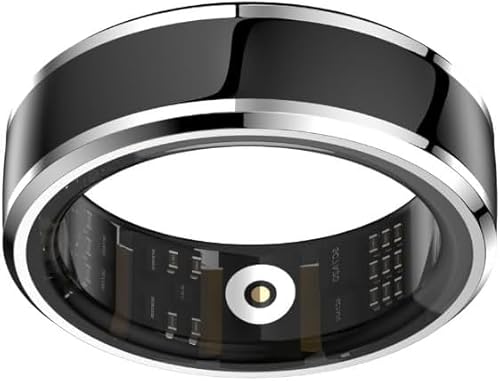When you find a relationship like this, it's important to get it on the books. The FDA has adverse event reporting for all types of things, and what they get from patients helps decide if the makers of flavonols need to display a warning against using with warfarin, or if the next person (who hasn't read your post) might also risk a stroke.
Here's some info on the program: http://www.fda.gov/Drugs/GuidanceCo...n/Surveillance/AdverseDrugEffects/default.htm
Here's the reporting page (online or hard copy reporting): http://www.fda.gov/Safety/MedWatch/HowToReport/ucm053074.htm
You could report it as a Quercetin issue. They won't do anything based on just your report, so don't feel guilty. If others find it true, they will report it as well, and then it will become important. If no one reports it, the FDA is not going to know about it. You could also report it as the meters (medical devices), because that may wind up having them display a caution that some drugs may fool their meters. A stroke is a very big deal, even if you walk away from it okay in the end.
One caution: it's best to not allow the FDA to put your name to it, as that may cause manufacturers to call you and try to prove that you don't know what you're talking about. I reported my first valve, but when the form asked, I didn't allow the company to have my name. I believe the FDA did require it for themselves, but they never contacted me. I know some members here have said that they were bothered by manufacturers who kept questioning them to find out how they could invalidate the issue. If enough people see the link and report it, it will bear fruit.
Be well,
Here's some info on the program: http://www.fda.gov/Drugs/GuidanceCo...n/Surveillance/AdverseDrugEffects/default.htm
Here's the reporting page (online or hard copy reporting): http://www.fda.gov/Safety/MedWatch/HowToReport/ucm053074.htm
You could report it as a Quercetin issue. They won't do anything based on just your report, so don't feel guilty. If others find it true, they will report it as well, and then it will become important. If no one reports it, the FDA is not going to know about it. You could also report it as the meters (medical devices), because that may wind up having them display a caution that some drugs may fool their meters. A stroke is a very big deal, even if you walk away from it okay in the end.
One caution: it's best to not allow the FDA to put your name to it, as that may cause manufacturers to call you and try to prove that you don't know what you're talking about. I reported my first valve, but when the form asked, I didn't allow the company to have my name. I believe the FDA did require it for themselves, but they never contacted me. I know some members here have said that they were bothered by manufacturers who kept questioning them to find out how they could invalidate the issue. If enough people see the link and report it, it will bear fruit.
Be well,
Last edited:





















